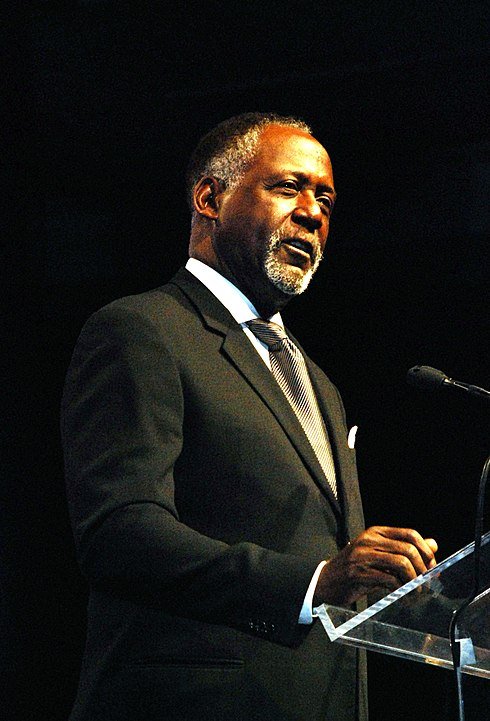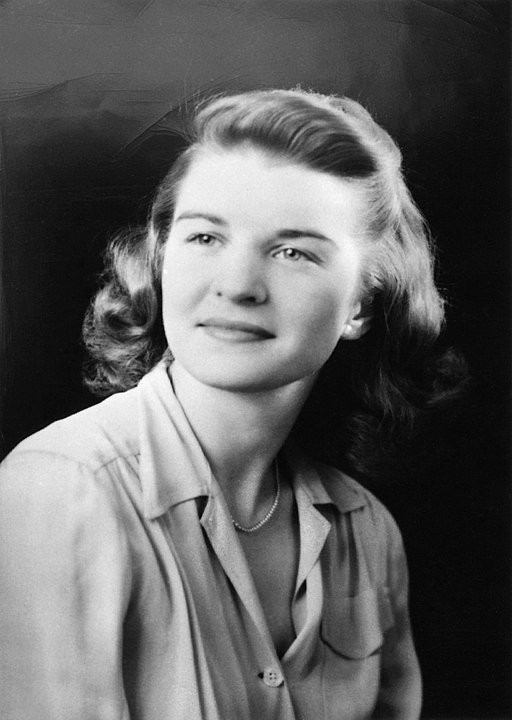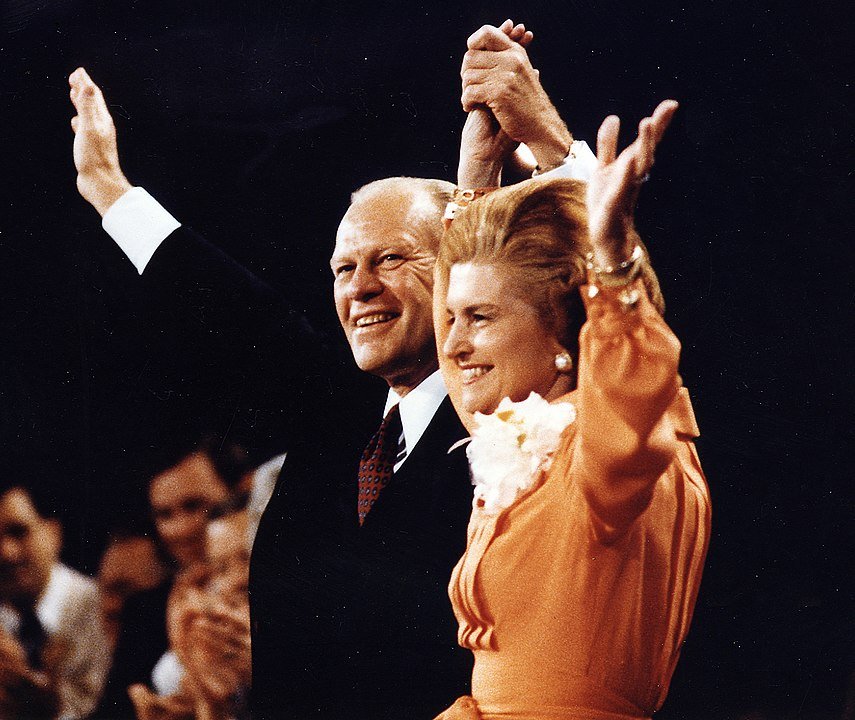This month we are featuring individuals in “Dare to Believe” who have faced breast cancer and helped bring the realities of this disease out of the shadows and into the news potentially saving millions of lives. This month, I am honored to feature Richard Roundtree and Betty Ford.
Richard Roundtree was born on July 9, 1942, in New York. He played football in high school and attended Southern Illinois University before leaving to start his career. Roundtree worked as a model and appeared in ads for several products. He was a leading man during the 70s in blaxploitation films such as Shaft, Shaft’s Big Score, and Shaft in Africa. He played Sam Bennett in the 1977 blockbuster television mini-series Roots. During his acting career, Rountree has received critical acclaim for his roles in theater, films, and television.
He has been married twice and is the father of five children. In 1993, while filming, in Costa Rica, Roundtree felt a lump in his left breast. He didn’t think too much about it but being a “self-proclaimed hypochondriac,” he decided to have it checked out when he returned to Los Angeles. When the doctor told him he had breast cancer the only word that registered was cancer. A man having breast cancer seemed impossible to him.
Roundtree underwent a double mastectomy and radiation treatments.
He hid his cancer diagnosis for the first five years but became active in raising funds for breast cancer research.
Not talking about his diagnosis, treatment, and recovery was hard for Roundtree, but the perceived stigma of a man with breast cancer was enough to make him reticent to come forward.
At a celebrity golf outing for breast cancer, he made the decision to “out himself” as a breast cancer survivor.
For Roundtree, the benefits were surprising. If a masculine Black man could get breast cancer, it was somehow more acceptable for men to entertain the thought that it could happen to them.
The feedback and support he received convinced Roundtree to become an awareness advocate for men’s breast cancer.
While boarding a plane to a conference on breast cancer, a flight attendant rushed up to him and hugged him. Her husband had discovered a lump in his breast but was refused to see a doctor until she showed him one of Roundtree’s interviews about breast cancer. Her husband’s cancer was caught early, and his prognosis was good. She credited Roundtree with saving his life.
Male relatives of women who have been diagnosed with BRCA1 or BRCA2 gene mutations are at higher risk for developing breast cancer. While men will always have a lesser risk than women because they have roughly 1% of the breast tissue that women have, they are still at risk. Approximately 2,000 men per year will be diagnosed with breast cancer (1% of all cases of breast cancer diagnosed each year), but 440 men will die of breast cancer each year. Why? Men aren’t encouraged to do monthly self-examinations of their breasts and many doctors still do not communicate with their male patients about the risks of breast cancer. Because of this, many cases of breast cancer in men remain undiagnosed in early stages when treatment is most successful.
Richard Roundtree had the courage to come forward as a breast cancer survivor, and men all over the world have received potentially lifesaving information about their risks of developing breast cancer.
https://abcnews.go.com/Health/OnCallPlusBreastCancerNews/story?id=4028791&page=1
Betty Ford (April 8, 1918-July 8, 2011) Born Elizabeth Ann Bloomer, she was called Betty from an early age and the nickname stuck.
Her mother enrolled her in dance classes at an early age and by the age of 14, Betty was teaching dance and modeling clothes to earn money during the Depression.
She worked with children with disabilities at the Mary Free Bed Home for Crippled Children.
While still in high school, she opened her own dance studio teaching dance to adults and children.
When Betty was 16, her father died of carbon monoxide poisoning while working on the family car in the garage. The garage door was open, and it was never disclosed if his death was accidental or a possible death by suicide. While in recovery for alcohol addiction, Betty disclosed that her father and one of her brothers also struggled with alcohol addiction. Her mother sold real estate to support the family and Betty saw first-hand how difficult it was for a woman to be the sole breadwinner in the family. She became a lifelong advocate of equal pay and equal rights for women.
After high school, Betty wanted to make dance her career and remain in New York. Her mother was opposed to the idea and convinced Betty to come home to Michigan. In Michigan, Betty worked as a fashion coordinator for a local department store, organized her own dance troop, and taught dance at a local dance studio. She taught ballroom dancing to adults and to children with visual impairment and hearing loss. She also offered weekly dance classes for African American children.
In 1942, she married William Warren. Warren was an alcoholic who developed diabetes and other health issues and Betty soon realized her mistake. Shortly after she filed for divorce, Warren fell into a diabetic coma. Betty withdrew her petition for divorce and moved back to the upstairs of Warren’s home and helped care for Warren who resided on the first floor. She worked to support them both and was again reminded how hard it was to manage on the wages paid to women. After Warren recovered, they divorced.
Betty was introduced to Gerald Ford a young politician in Michigan and the two hit it off immediately. Their wedding had to be postponed because republican strategists in Michigan feared it would hurt Ford’s chances of winning his first election if he were married to a divorced ex-dancer.
After the election, they married and had four children together. The Fords lived in the Washington, D.C. area and Ford entertained dreams of someday becoming speaker of the house. Betty was involved in his campaigns and made often crisscrossed the country with her husband campaigning and showing support for the policies he championed. Betty remained outspoken in her support of equal rights for women and minorities. She was active in her children’s schools and her community.
The constant travel took a toll on her health and Betty suffered a pinched nerve in her neck that required hospitalization. She received pain medication to help her return to her busy schedule. She began relying heavily on pain medication while still drinking socially. Her increased reliance on alcohol and pain medication led to addictions to both that she would battle in silence for many years. After experiencing a nervous breakdown, she sought psychiatric help. Her husband was supportive, but her therapy sessions remained secret.
Shortly after Ford decided to retire from political life, he was tapped to replace Spiro Agnew as President Richard Nixon’s vice president. Betty’s dreams of slowing down and spending time with her husband were completely dashed when Nixon resigned, and Ford became president.
As Second Lady and First Lady, Betty was active in causes that were dear to her. She was an advocate for the passage of the Equal Rights Amendment; she supported a woman’s right to choose; LGBTQ rights, and AIDS awareness which were in opposition to the official platform of the republican party. To her husband’s credit, Gerald refused to criticize his wife’s opinions and never tried to discourage or prevent her from speaking out. Conservative news agencies began digging into her past looking for ways to silence or discredit her, but Betty refused to let them. She spoke candidly about her divorce and her mental breakdown. When they went after her husband, Betty fought back and disclosed that her husband’s visits to a psychiatrist were to support her in her recovery after her breakdown.
In 1974, shortly after becoming FLOTUS, Betty was diagnosed with breast cancer. Because she was a popular public figure, she realized she could not hide her condition. She spoke candidly about her diagnosis and treatment. Dealing with the emotional effects of a mastectomy are difficult, but doing it in the world spotlight was unthinkable, yet that’s what she did. She was upfront and honest about having breast cancer.
Her candor caused several other women to come forward and paved the way for discussions about breast cancer treatments, early diagnosis, and the importance of doing monthly self-breast examinations. Women’s lives were saved, and families remained intact because they survived.
Four years after her cancer diagnosis, Betty Ford checked into a clinic to finally address her addiction to alcohol and prescription pain medications. After her successful treatment for both, she started the Betty Ford Clinic for drug and alcohol addiction. Finally, all her demons were confronted, and she wanted to help others heal.
Betty Ford still remains one of our most popular first ladies of all time. As a breast cancer survivor, I am eternally grateful to her for speaking out about breast cancer and encouraging women to advocate for themselves and do monthly self-exams. She helped bring this disease into the light, so we can also see hope.











